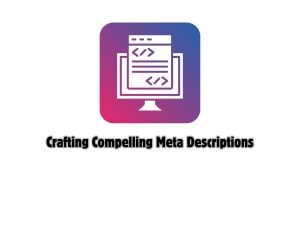In 2013, Google launched the Payday Loan Algorithm, aiming to effectively combat spammy queries associated with payday loans, high-interest loans, and aggressive marketing tactics. As an expansion of Google’s ongoing effort to improve search quality, the Payday Loan Algorithm targeted industries and queries notorious for spammy content and abusive practices. In this article, we’ll explore how the algorithm was designed to work, its impact on various industries, and offer some insights on how to stay compliant with Google’s guidelines.
Understanding the Google’s Payday Loan Algorithm
The Payday Loan Algorithm was released in June 2013, specifically targeting spammy queries, which commonly include loan-related searches, as well as queries related to adult content, pharmaceuticals, and gambling. The purpose behind the algorithm release was to filter out low-quality websites that attempted to manipulate search engine rankings through black hat SEO practices, such as content spamming, keyword stuffing, and other manipulative tactics.
The algorithm has since gone through several updates, with the most notable being Payday Loan 2.0 and Payday Loan 3.0. These updates were designed to enhance the algorithm’s spam-fighting capabilities, expanding its scope to detect both spammy websites and spammy backlink profiles.
Impact of the Payday Loan Algorithm on Affected Industries
The introduction of the Payday Loan Algorithm had a significant and immediate effect on industries known for using aggressive marketing tactics and spammy content. Many websites operating in the payday loan, adult, pharmaceutical, and gambling niches experienced considerable drops in their search engine ranking, giving them little choice but to adapt their practices or face irrelevancy.
The algorithm leveled the playing field, penalizing websites that relied on spammy tactics, thus rewarding compliant websites in the process. The overall impact resulted in improved search results in the targeted industries, discouraging black hat SEO practices and promoting legitimate businesses.
Staying Compliant with the Payday Loan Algorithm
To maintain or improve search rankings in the era of the Payday Loan Algorithm, consider the following suggestions:
1. Focus on High-Quality Content
As with any other Google ranking-related algorithm, high-quality and relevant content is paramount. Ensure that all of your content, including articles, product descriptions, and web pages, is accurate, engaging, unique, and adds value to the user’s experience.
2. Avoid Black Hat SEO Tactics
Refrain from using black hat SEO techniques, such as keyword stuffing, cloaking, and content spinning. Instead, focus on ethical and sustainable SEO practices, such as keyword optimization, useful internal linking, and a clear site structure.
3. Build a Clean Backlink Profile
Avoid using spammy or manipulative link-building tactics, such as buying links, partaking in link schemes, or engaging in excessive reciprocal linking. Instead, work on generating organic backlinks from reputable sources by creating valuable, shareable content and collaborating with related businesses and reputable websites.
4. Implement a Clear User Interface
Ensure that your website has a clean design and user-friendly interface to provide an enjoyable user experience. Abide by guidelines related to ads and pop-ups by avoiding intrusive ads or misleading ad placements that impede user experience.
In Conclusion
Although the Payday Loan Algorithm specifically targeted spammy industries, the key takeaways apply to any website: focus on high-quality content, adhere to ethical SEO practices, and place user experience at the forefront. By doing so, you can safeguard your website against future Google penalties and maintain a strong online presence.



































